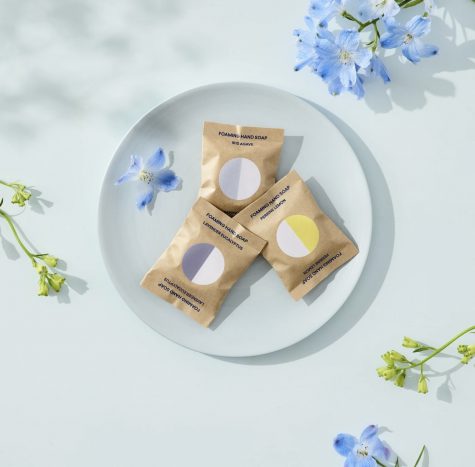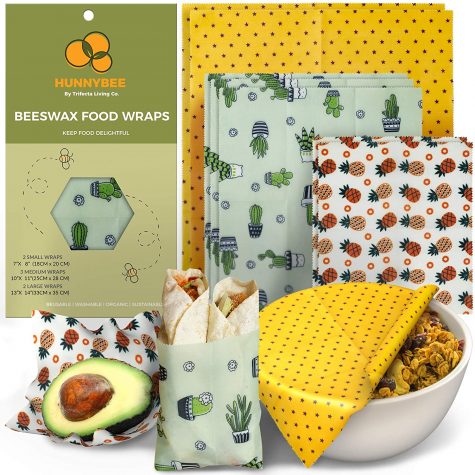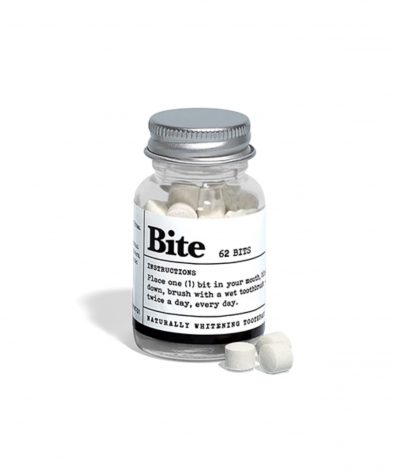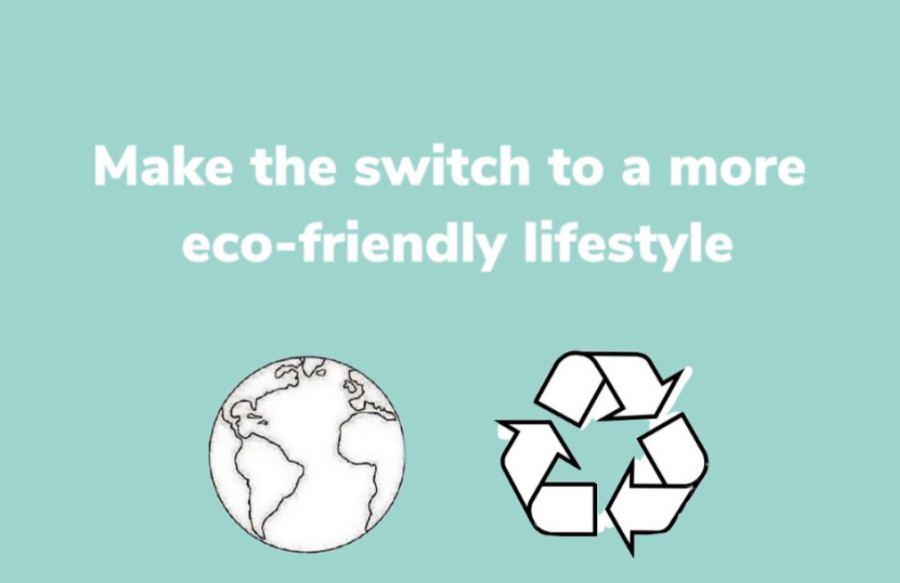Make the Switch: How to Adopt Eco-Friendly Habits
February 5, 2021
Throughout the pandemic, our attention has been pulled away from the current delicate state of our environment. Due to our wasteful lifestyles and its effect on the planet, the Arctic is melting, the coral reefs are dying and forests are burning. There are actions we can all take to prevent the state of our planet from deteriorating and make progress to hopefully restore its beauty in the future.
It is common when one thinks about the state of the environment to think, “I know it’s bad, but it won’t be an issue in my lifetime,” or “I know it’s a big issue, but there is nothing I can do to make a real change.” Both of these notions are wrong.
The Arctic is expected to be gone by 2050 along with the homes of its many animals. At this point, the Arctic is already melting at such a rapid pace that it is not likely to be saved, but there are things we can do to prevent destroying the natural habitats of its animals and other life on this earth.
If we all think that we can’t make a change, then one won’t be made. Every little thing that we can do to save our planet can make an impact; every little thing that we can do to save our planet can help.
There are many available products that offer an environmentally friendly alternative to things that we use every day.
Soap bottles, toothpaste tubes, single-use plastic, single-use razors, paper coffee cups, and even wet wipes are causing some of the most harmful effects to our planet. Each of these examples is an item that we tend to use out of convenience; however, they all create an overwhelming amount of waste. What happens to these products after their usefulness has expired? They become trash.
Single-use plastic not only has a negative impact on our climate, but it also kills millions of marine life and seagulls every year. The harm is caused by things like single-use forks, knives, spoons, ziplock bags, plastic grocery bags, styrofoam, plastic coffee cups and lids, plastic straws, plastic water bottles, wet wipes…the list is endless. It ends up in the ocean and destroys the home of marine life.

How can you help make a difference? You can start by switching out some of your everyday items for waste-free options and finding ways to reuse wasteful products.
Make a simple switch and always bring a reusable water bottle with you instead of buying a plastic bottle that will quickly be thrown away. Reusable beeswax wraps, reusable silicone bags and Tupperware containers are great alternatives to sandwich bags and limited use plastic.

Soap bottles may be recyclable, but only 20% of what is recycled actually is used. That means the other 80% is trash. Consider using bar soap that comes in recyclable wrapping. If bar soap is not for you, blueland.com makes tablets that become foaming soap when mixed with water. This is an environmentally safe choice because the container can be reused indefinitely and the tablet packaging is compostable.

Toothpaste causes major harm to the environment. Toothpaste packaging is usually plastic. Not only does it cause a large amount of CO2 to be created and emitted into the air, but it is also difficult to recycle. The packaging that is harmful. The actual toothpaste is harmful, too. Most toothpastes have harmful ingredients like Brilliant Blue FCF, Helidone Pink, and, the most dangerous, Sodium Pyrophosphate. These ingredients cause a build up of algae, which causes a mass amount of CO2 to be released and creates dead spots in our oceans, causing fish and other animals to slowly suffocate and die. A more environmentally friendly option is toothpaste tablets. There are many brands that sell these and they come in eco friendly packaging. Bite offers a free subscription and will send you toothpaste tablets directly to your home every month.
There are eco-friendly alternatives for almost anything that you can think of. Next time that you are in need of something that will produce waste, find out if there is a better option.\..






